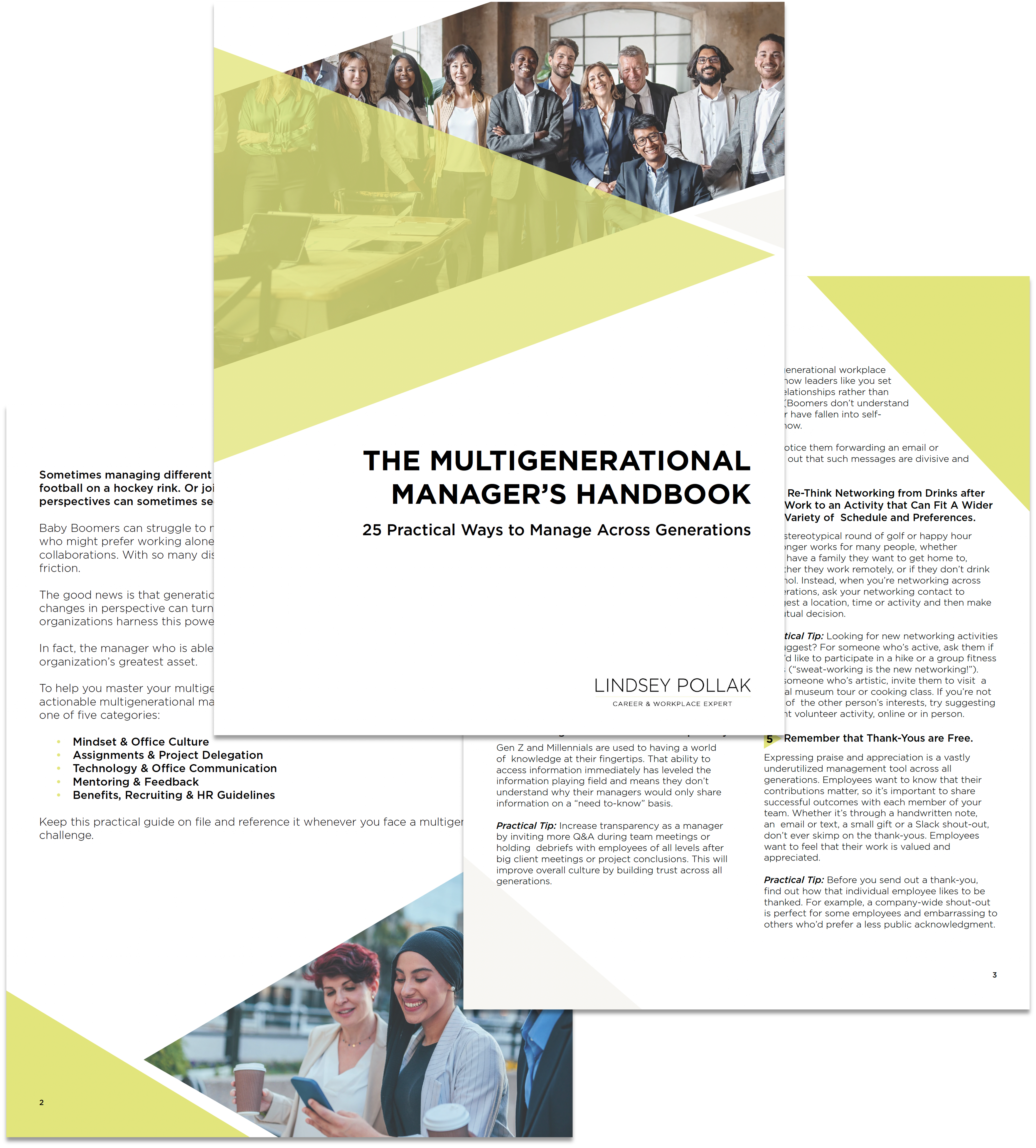Remember the “house phone,” that apparatus we now call a “landline?” Every Gen Xer recalls the torment of the long cord that was just a little too short to get you away from your eavesdropping siblings, the annoying busy signal, and let’s be honest, the thrill of calling your crush and hanging up pre-caller ID.
But as house phones became relics, so, too has the notion of practicing critical communication skills at home.
I hear a common lament from managers: As a group, millennials’ workplace communication skills, including phone skills, just aren’t on par with previous generations. The reason is simple: There are so many ways today to avoid speaking that they haven’t flexed that muscle as much as we used to. Many millennials have never called to make a restaurant reservation, taken a phone message for their mom or called to check the hours of the local movie theater.
As recent grads leave college campuses and head into corporate campuses, I thought it was a good time to offer three easy ways millennials can build their workplace communication skills.
Listen in.
I’ve heard managers say they’ve been embarrassed by a millennial who rambled on — or worse, stumbled and stuttered — when they were asked to speak at a client meeting. I find this is usually because they haven’t sat in on enough meetings to see these conversations modeled. I urge all young professionals to seek ways to be in observation mode, almost like being an apprentice. Some of my best learning moments in my first job at a nonprofit came when I would sit in the office of the organization’s executive director as she made fundraising calls. I could hear first-hand what a “soft ask” sounded like, and how she dealt with objections in a masterful way. If your manager doesn’t invite you to sit in on meetings or listen in on calls, take the initiative to ask. He or she is bound to appreciate the fact that you are looking to polish your delivery and content.
Practice your presentation skills.
Are you on the agenda for an upcoming meeting? Don’t go in cold. I’m often asked how I stay calm when I give speeches, and I have only one answer: Practice makes perfect. Sure, I get some jitters, but for the most part I feel comfortable because I’ve been speaking publicly for more than 20 years and have learned how to deal with common presentation missteps. I continue to practice frequently, study video of myself on stage and make changes to improve.
Here’s an example: After reviewing video of my speeches early on, I noticed that I frequently did an unconscious head tilt that was a little too cutesy. I also saw that I walked around too much when telling stories I was particularly excited about, which was distracting to an audience. Now the head tilt is gone, and I’m working on staying more still while I tell stories. I recommend everyone video or audio tape themselves to identify speech patterns or gestures you might not be aware of that are easily fixed.
Beware common conversational pitfalls.
Seasoned communicators avoid certain speech patterns that undermine their credibility. Here are three that you should eliminate ASAP:
- Upspeak: You know what this sounds like? When people make their statements into questions? Stop. The best way to nix this habit is to envision the sentence you want to say as ending with a period and consciously lower your tone at the end.
- Clichés: We’ve all sat through meetings where the leader talks about “thinking outside the box” or “pushing the envelope.” Please, please help kill corporate buzz speak once and for all.
- Filler words: These words, um, make you, like, sound unsure of yourself, you know? Often you don’t even know you are saying them, which is why taping yourself speaking is so helpful. You also can enlist a trusted family member, friend or colleague to help you identify when you’re saying filler words.
Readers, I’d love to hear your communication tips. How have you learned to sound like a leader? Please share in the comments!
Lindsey Pollak is the leading voice on millennials in the workplace, trusted by global companies, universities, the world’s top media outlets — and, most importantly, by millennials themselves. A New York Times bestselling author, Lindsey began her career as a dorm RA in college and has been mentoring millennials — and explaining them to other generations — ever since. Her keynote speeches have audiences so engaged that, in the words of one attendee, “I didn’t check my phone once!” Contact Lindsey to discuss a speaking engagement for your organization.

